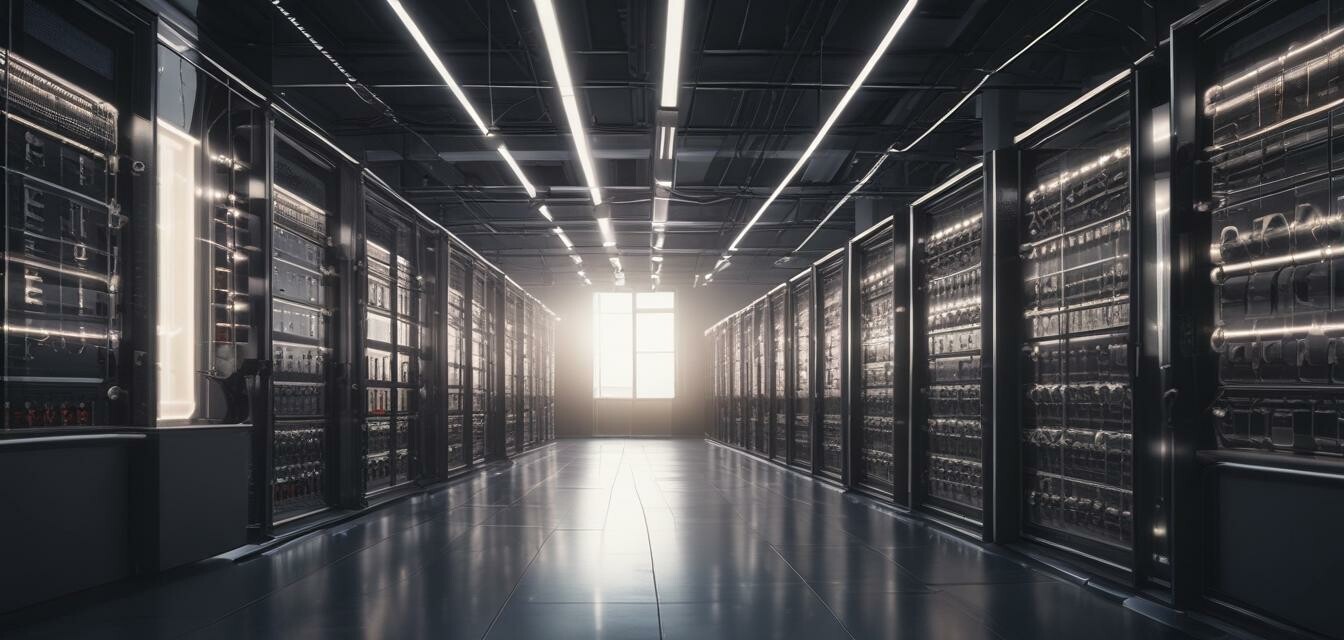
Sustainability in Electrical Installation Practices
Key Takeaways
- Embracing sustainable practices in electrical installations is essential for reducing environmental impact.
- Using eco-friendly materials can contribute to a healthier planet and energy-efficient systems.
- Staying informed about emerging technologies and trends can enhance electricians' skills and practices.
- Renewable energy systems are becoming integral in modern installations, supporting sustainability goals.
- Industry standards and regulations are evolving to promote eco-friendly practices in electrical work.
As the world shifts towards a more sustainable future, the electrical installation industry is also evolving, emphasizing eco-friendly practices and systems. This article highlights the importance of integrating sustainability into electrical installations, focusing on the use of green materials and energy-efficient systems.
The importance of sustainability in electrical installations
Electrical installations play a crucial role in our daily lives, powering homes, businesses, and entire communities. However, traditional installation practices can lead to significant environmental impacts. By adopting sustainable practices, electricians can help mitigate these issues. Here are several key reasons why sustainability is vital in this field:
- Reducing carbon footprint: Sustainable installations minimize carbon emissions, contributing to a healthier environment.
- Energy efficiency: Utilizing energy-efficient systems can lower energy consumption and reduce utility costs.
- Compliance with regulations: Staying aligned with evolving industry standards ensures compliance and promotes best practices.
- Enhancing reputation: Electricians who prioritize sustainability may attract more clients who value eco-friendly services.
Eco-friendly materials for installations
The choice of materials can significantly impact the sustainability of electrical installations. Here are some eco-friendly materials to consider:
| Material | Description | Benefits |
|---|---|---|
| Recycled cables | Cables made from recycled materials, reducing waste. | Lower environmental impact, cost-effective. |
| Low-VOC paints | Paints with low volatile organic compounds for safer indoor air quality. | Healthier living spaces, better for the environment. |
| LED fixtures | Light-emitting diode fixtures that consume less power. | Long-lasting, energy-efficient, reduced maintenance costs. |
| Solar panels | Devices that convert sunlight into electricity. | Renewable energy source, long-term cost savings. |
Energy-efficient systems in modern installations
Energy-efficient systems not only save electricity but also promote sustainability. Here are some systems electricians should consider:
- Smart lighting systems: Adaptive lighting controls reduce energy use based on occupancy and daylight availability.
- HVAC controls: Integrating smart HVAC systems can optimize heating and cooling, leading to significant energy savings.
- Energy monitoring systems: These tools track and analyze energy usage, helping to identify areas for improvement.
- Renewable energy integrations: Systems that incorporate solar, wind, or other renewable sources can dramatically lower fossil fuel dependency.
Emerging trends in sustainable electrical installations
The electrical installation landscape is constantly evolving with emerging technologies and trends. Here are some key developments:
| Trends | Description | Impact |
|---|---|---|
| Smart Grid Technology | A modernized electrical grid that utilizes digital technology to manage electricity flows. | Enhanced energy efficiency and reliability. |
| Home Automation | Integrating devices and systems that allow for remote control and automation of home appliances. | Improved energy management and user convenience. |
| Net Zero Buildings | Buildings that produce as much energy as they consume through renewable sources. | Significant reduction in energy costs and environmental footprint. |
Challenges in implementing sustainable practices
Though there are many benefits to adopting sustainable practices, challenges may arise, including:
- Higher upfront costs: Some eco-friendly materials and systems may require larger initial investments.
- Training and knowledge gap: Electricians may need additional training to implement new technologies effectively.
- Regulatory complexities: Navigating evolving industry regulations can be daunting.
Pros
- Reduced environmental impact.
- Lower ongoing energy costs for consumers.
- Enhanced marketability of electrical services.
Cons
- Higher initial material and installation costs.
- Need for continuous education and training.
- Potential for regulatory hurdles.
Conclusion
Sustainability in electrical installation practices is not just a trend but a necessity. By adopting eco-friendly materials and energy-efficient systems, electricians can contribute to a more sustainable future while also enhancing their business opportunities. Staying informed about the latest trends and technologies is essential for success in this evolving landscape. To explore more about sustainable electrical products, check out our Buying Guides and learn about the materials that can help you lead in sustainable practices.